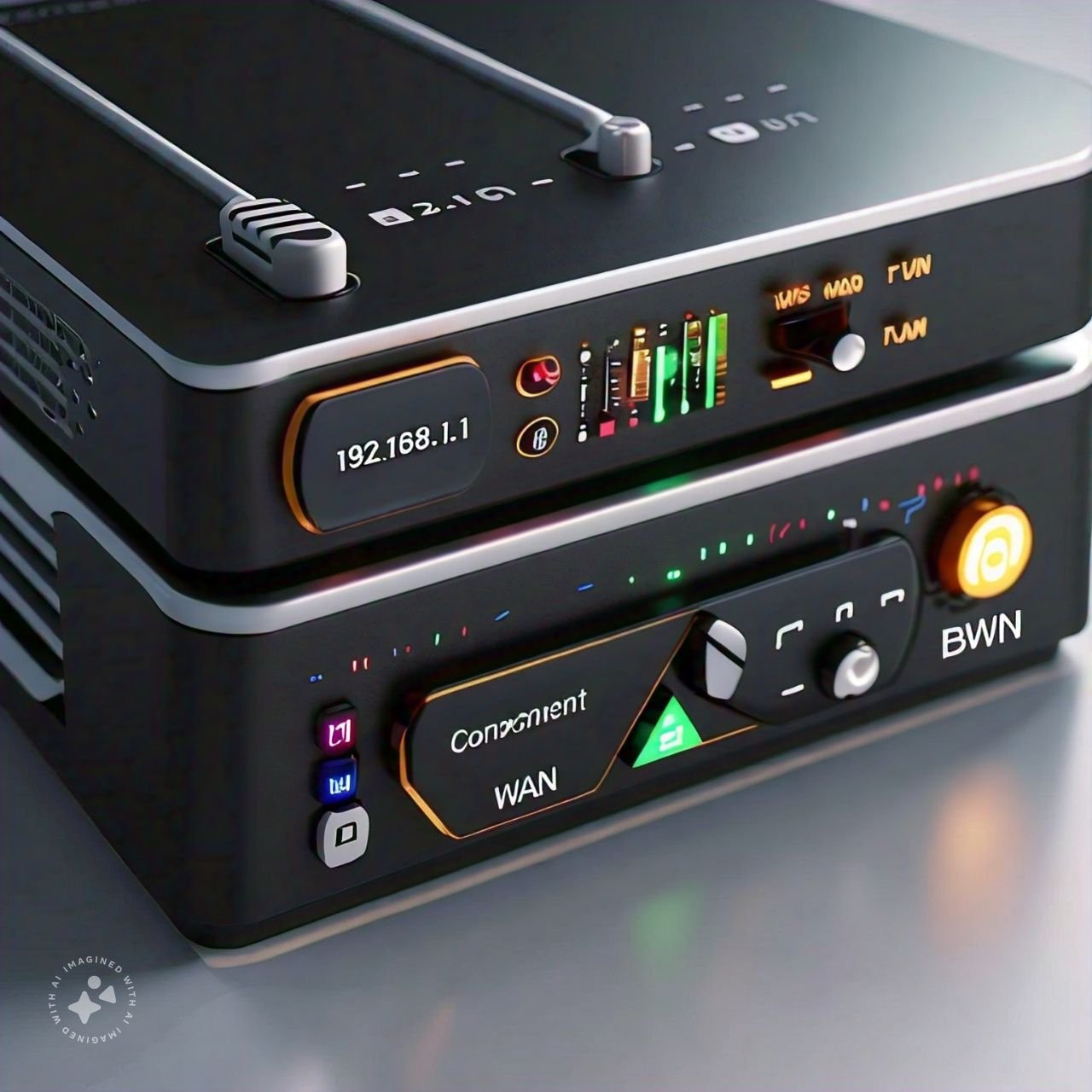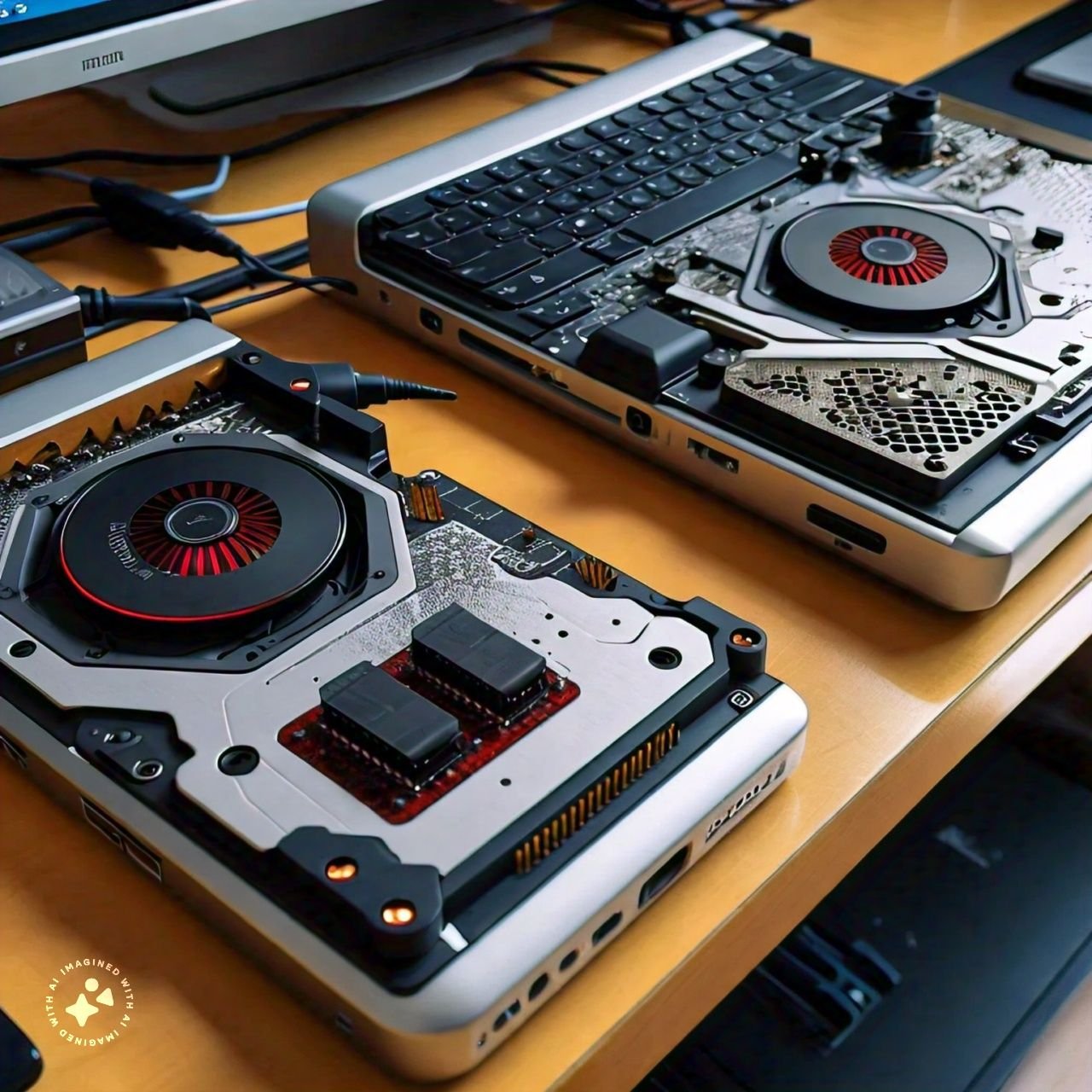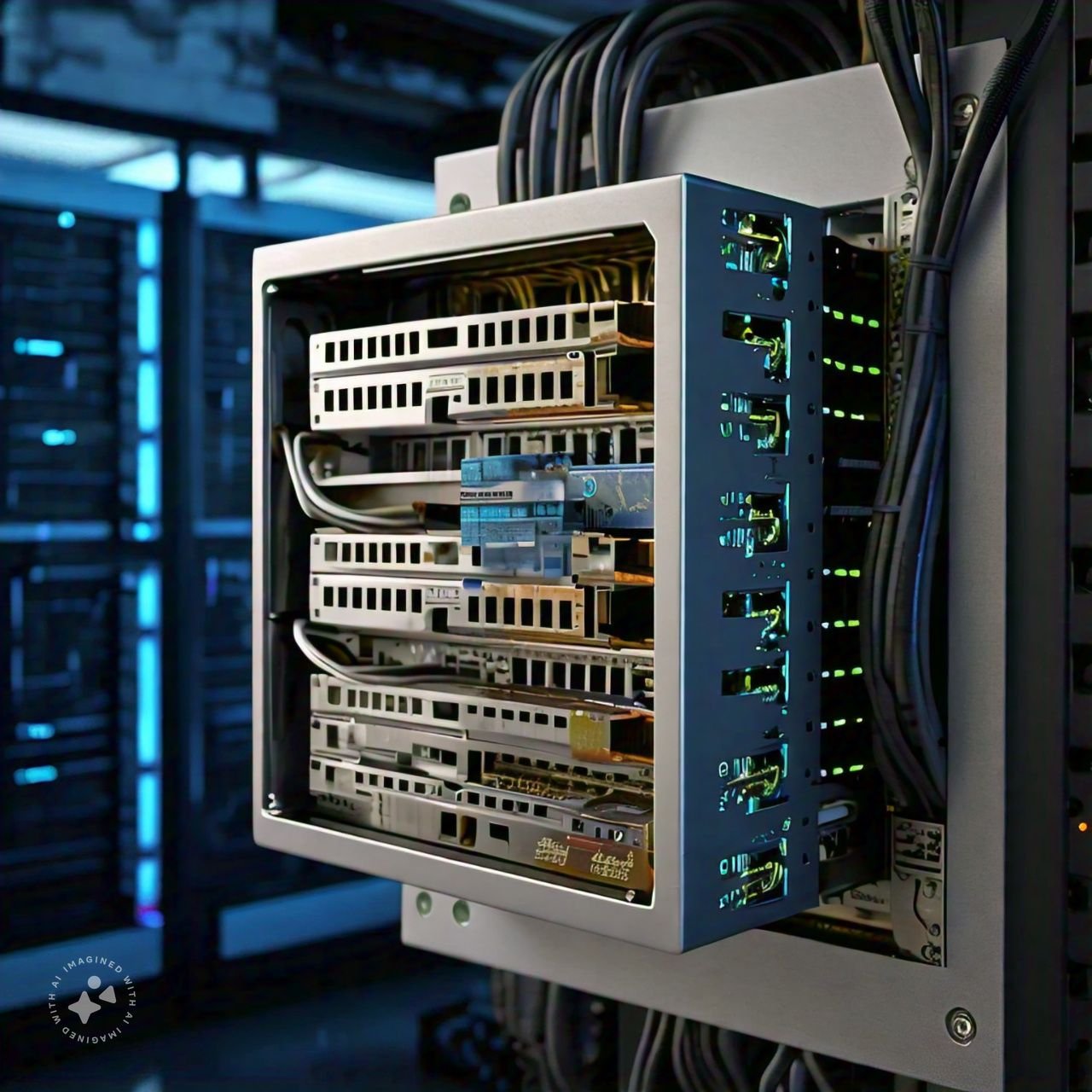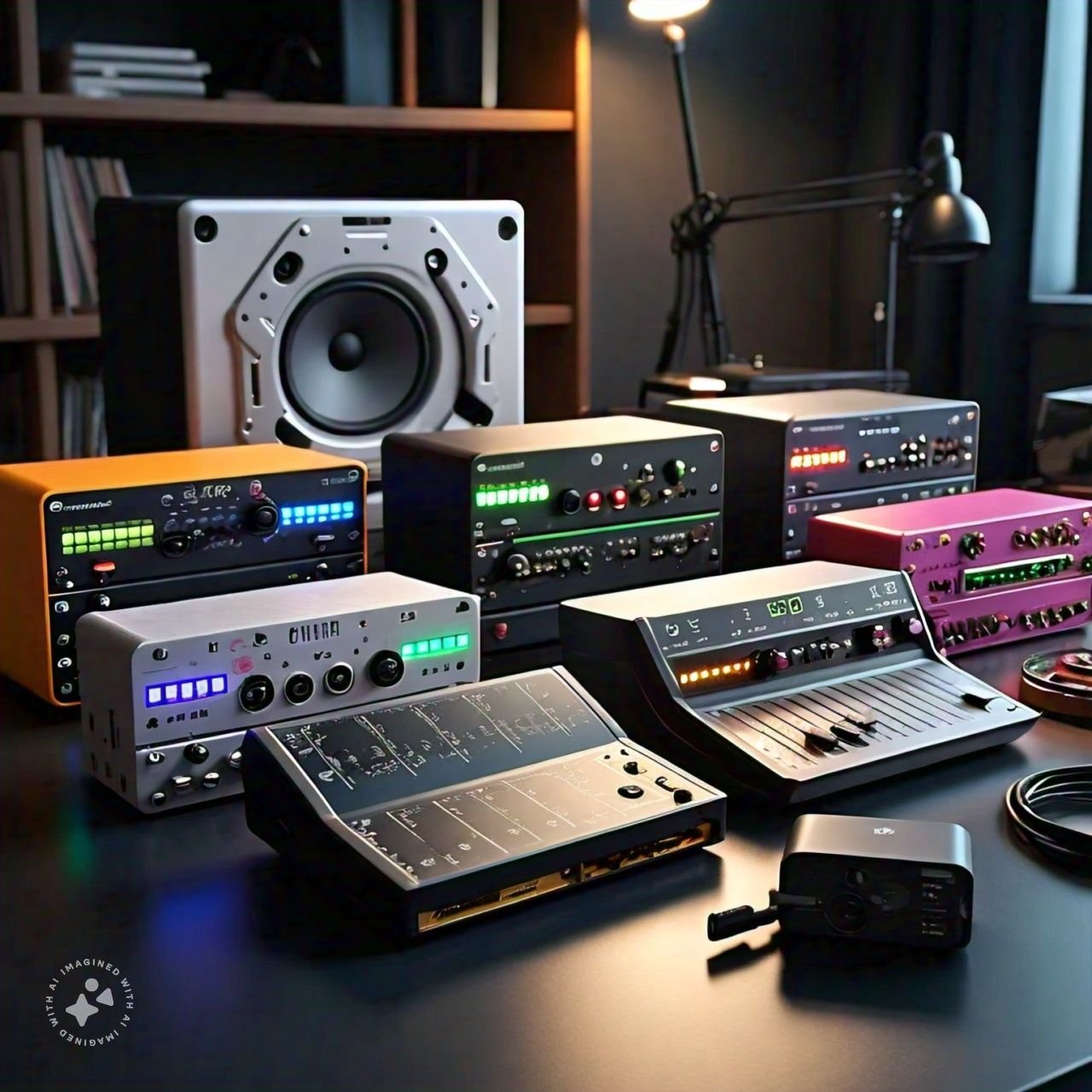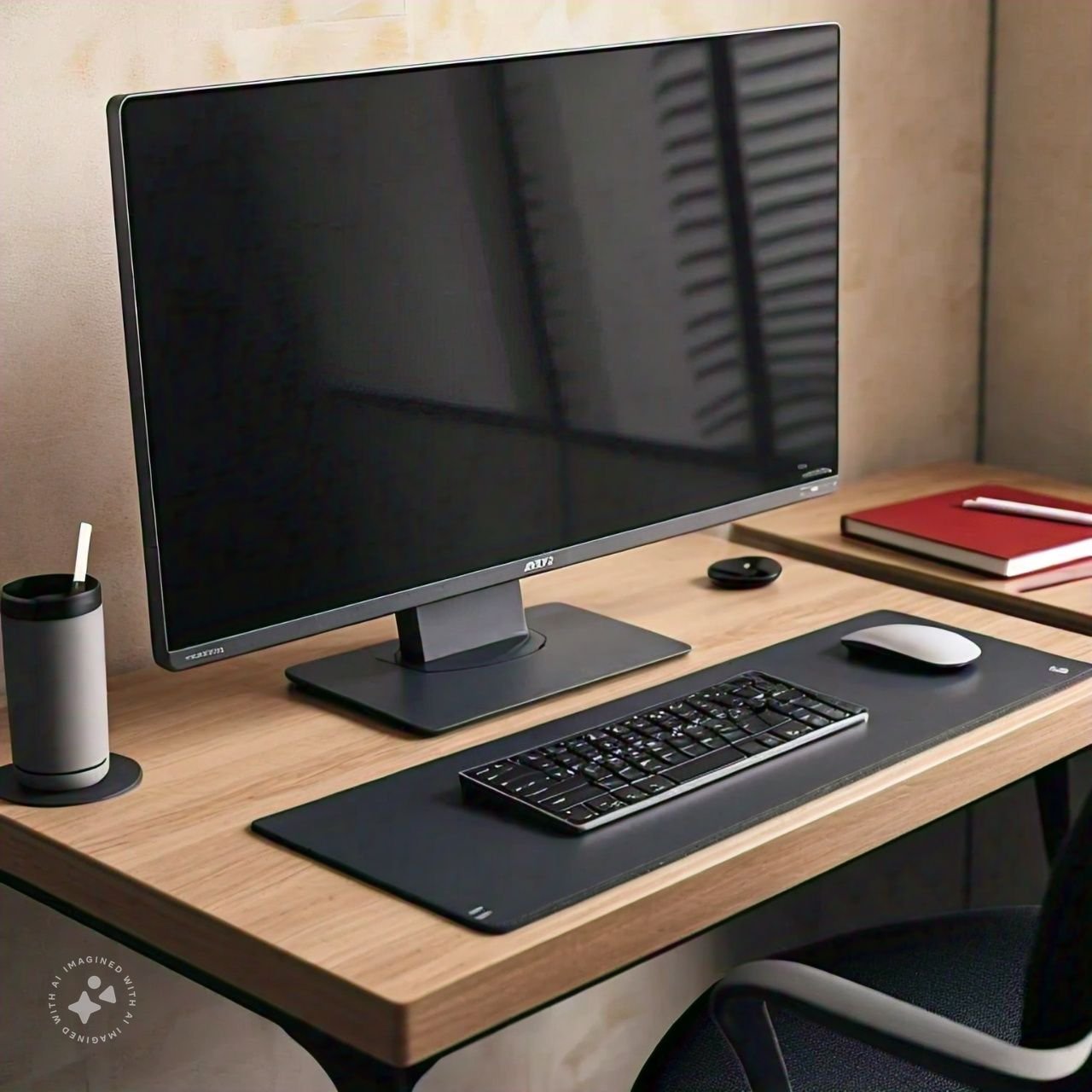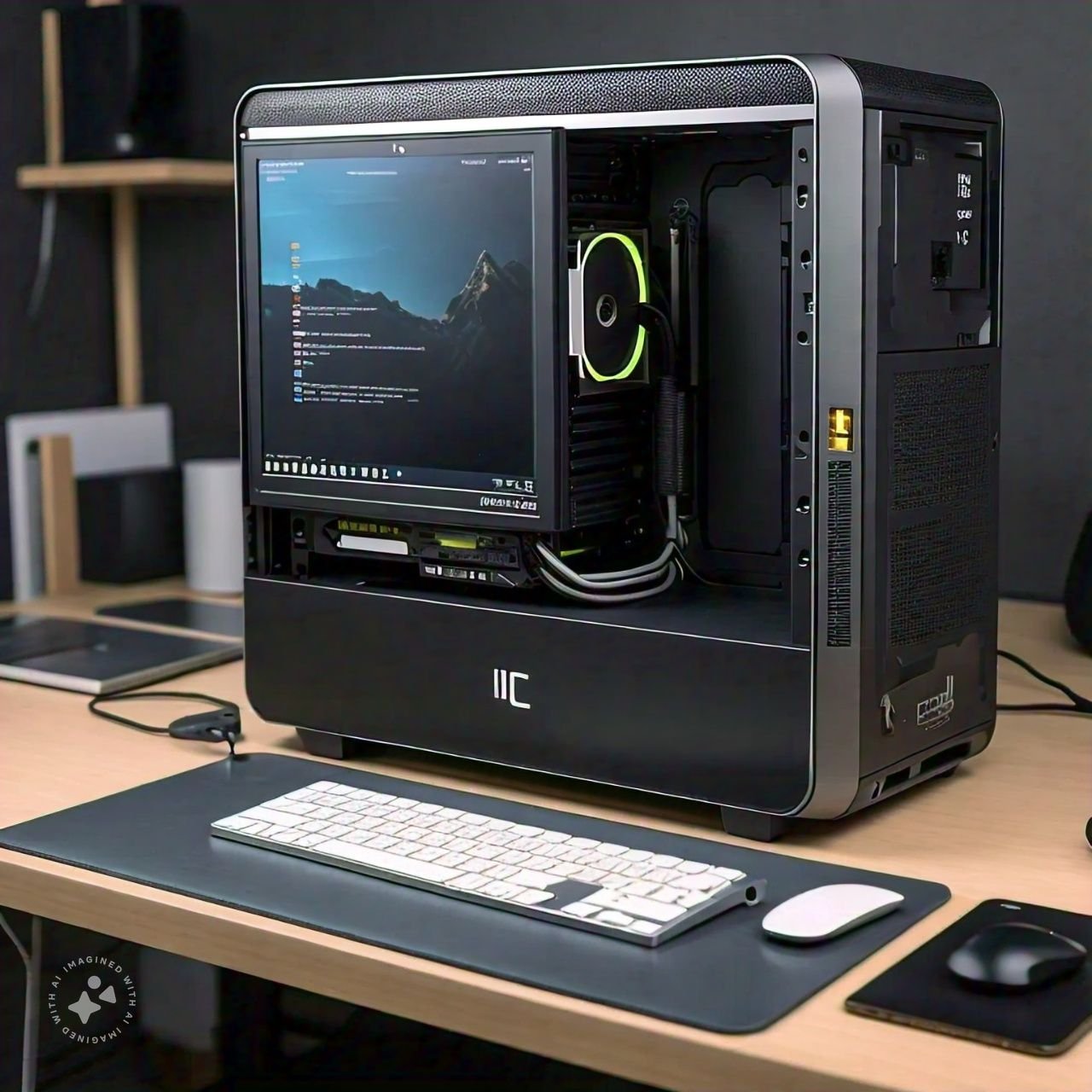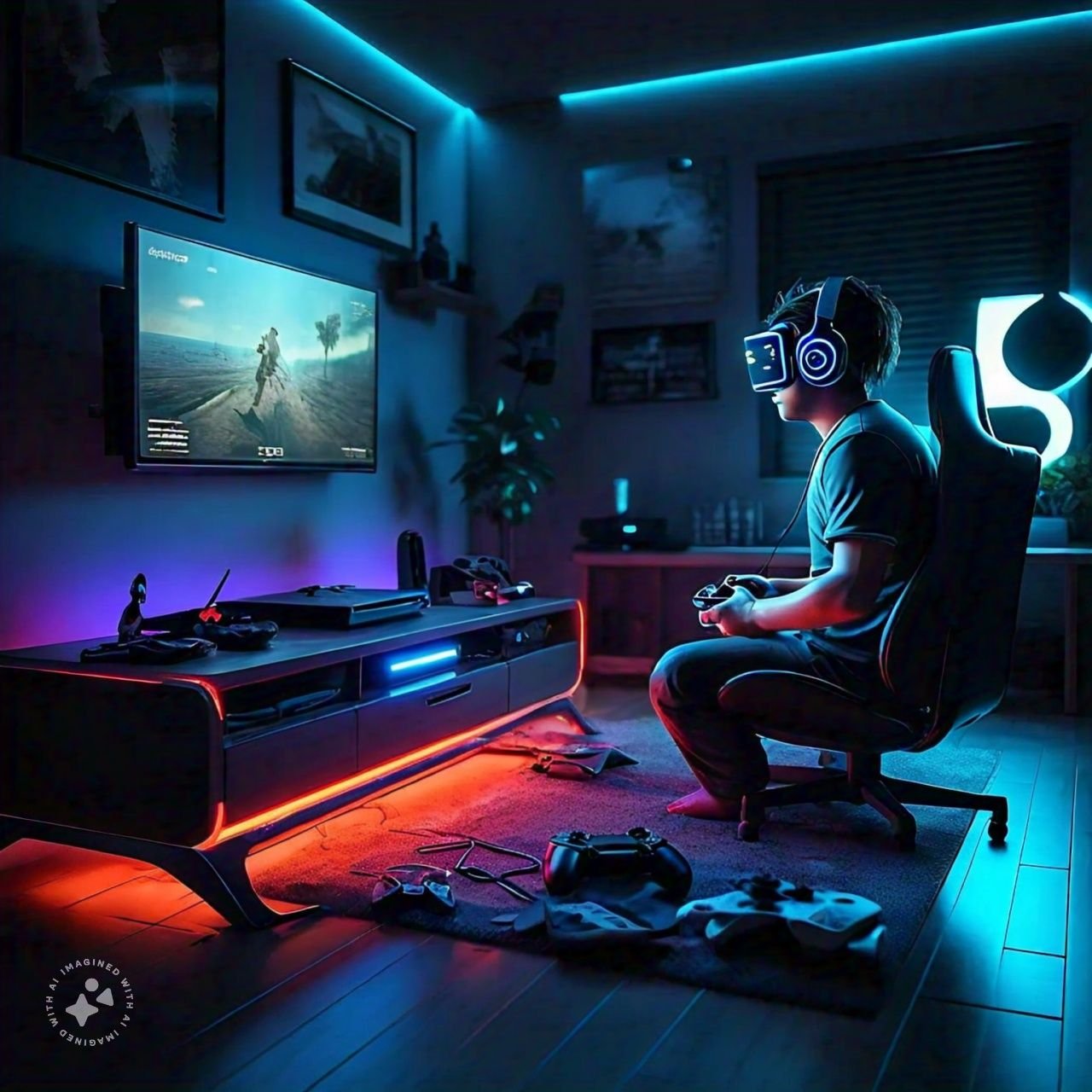Welcome
Welcome to BlogBunker.com, your go-to source for the latest and greatest in tech, electronics, and photography. We've scoured the market to bring you in-depth reviews and expert insights on the hottest items that are making waves right now. Whether you're hunting for the best smartphones, the latest in smart home technology, or high-performance cameras that capture every detail, we've got you covered. Dive into our top picks and stay ahead of the curve with our up-to-date recommendations on must-have gadgets and gear.
Electronics
The latest electronics, are just a click away to the left. Our extensive coverage includes everything from state-of-the-art televisions and immersive gaming gear to versatile tablets and innovative gadgets. We provide in-depth analyses of cutting-edge wearables, such as smartwatches and fitness trackers, and evaluate high-performance graphics cards essential for gaming and creative work.

